How to Fertilize Bell Peppers: Advanced Strategies for a Bountiful Harvest
- February 27, 2024
- 2 comment
Learn how to fertilize bell peppers with simple steps for a great harvest. Get practical tips for every gardener. Growing bell peppers can be rewarding, especially when you see your plants full of fresh peppers. But getting there requires knowing a bit about fertilization. This guide breaks down the basics into easy, actionable steps. We’ll cover everything from choosing the right fertilizer to when and how to apply it, so you can boost your bell pepper plants for the best possible yield. Whether you’re a beginner or an experienced gardener, these tips will help you grow healthy, productive plants.
Step-by-Step Guide to Fertilizing Bell Peppers
- Understand Your Bell Pepper’s Nutritional Needs
- Test Your Soil
- Prepare the Soil
- Choose the Right Fertilizer
- Apply Fertilizer Correctly
- Use Advanced Fertilization Techniques
- Water Wisely
- Monitor and Adjust
- Practice Sustainable Fertilization
- Keep Learning and Adapting
Understanding Bell Pepper Nutritional Needs
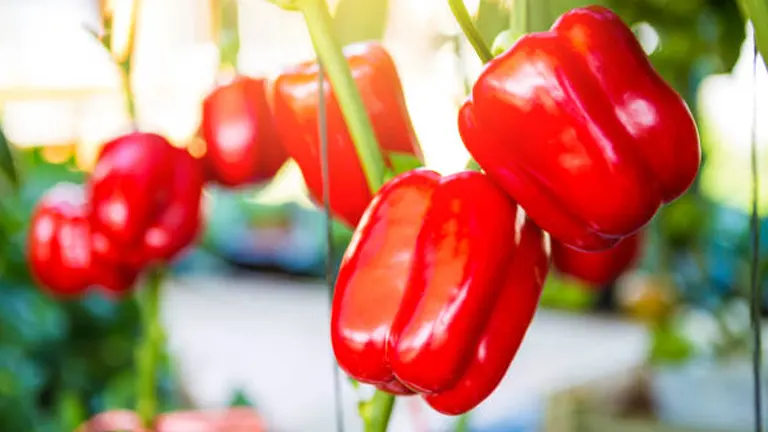
Bell peppers (Capsicum annuum) are not only popular for their vibrant colors and sweet flavor but also for their nutritional demands, which are critical to their growth and development. Their requirements for macronutrients and micronutrients change through various growth stages, from seedling to fruit-bearing. Let’s delve deeper into the scientific aspects of these needs and how to meet them effectively.
Macronutrient Requirements
- Nitrogen (N): Essential for early vegetative growth, nitrogen supports the development of leaves and stems. However, excessive nitrogen can delay flowering and fruiting, leading to lush foliage at the expense of fruit production.
- Phosphorus (P): Vital for energy transfer and photosynthesis, phosphorus becomes increasingly important as the plant prepares for flowering and fruit set. It helps in root development and improves fruit quality.
- Potassium (K): Crucial for overall plant health, potassium aids in water uptake, enzyme activation, and photosynthesis. It plays a significant role during the flowering and fruiting stages, promoting disease resistance and improving fruit size and taste.
Micronutrient Contributions
- Magnesium (Mg): Acts as a central component of the chlorophyll molecule, essential for photosynthesis. It also plays a role in enzyme activation and plant energy metabolism.
- Calcium (Ca): Important for cell wall structure, calcium ensures structural integrity and quality of the fruits. Deficiency can lead to blossom end rot, a common issue in bell peppers.
- Sulfur (S): Integral for protein synthesis and enzyme function, sulfur contributes to overall plant vigor and resistance to disease.
Nutrient Timing and Application
- Seedling Stage: A balanced N-P-K ratio is recommended to support initial growth. Research suggests that a lower nitrogen content relative to phosphorus and potassium can encourage root development over foliage.
- Flowering and Fruiting Stage: Increase phosphorus and potassium relative to nitrogen to support reproductive development. Studies have shown that a 1-2-2 N-P-K ratio during this stage can enhance fruit set and quality.
Nutrient Timing and Application
| Growth Stage | Nutrient Focus | Application Rate (per plant) | Frequency |
|---|---|---|---|
| Seedling Stage | Balanced N-P-K | 5-10-10 NPK, 1 tablespoon | At planting, then 2-4 weeks |
| Vegetative Stage | Higher N, Balanced P-K | 10-10-10 NPK, 2 tablespoons | Every 4-6 weeks until flowering |
| Flowering and Fruiting | Lower N, Higher P-K | 5-10-10 NPK, 2-3 tablespoons | Start at flower formation, repeat every 4-6 weeks |
Advanced Soil Preparation Techniques
To meet these specific conditions, advanced soil preparation techniques involve:
- Soil Testing: Conduct comprehensive soil tests to determine pH and nutrient levels. Adjustments can be made based on the results, using lime to increase pH or sulfur to decrease it.
- Organic Matter: Incorporating organic matter like compost or well-rotted manure can improve soil structure, enhance nutrient availability, and stimulate beneficial microbial activity.
- Micronutrient Amendments: If tests reveal deficiencies in micronutrients, specific amendments like Epsom salts (for magnesium) or gypsum (for calcium) can be applied.
Soil pH and Nutrient Levels
- pH Level: Bell peppers prefer a soil pH between 6.0 and 6.8. Use a soil test kit to determine your soil’s pH and adjust accordingly with lime (to raise pH) or sulfur (to lower pH).
- Nutrient-rich Soil: Incorporate compost or well-rotted manure into your soil before planting to improve fertility and structure.
Optimal Soil Conditions for Bell Peppers
| Nutrient | Optimal Level | Notes |
|---|---|---|
| pH Level | 6.0 – 6.8 | Ensures maximum nutrient availability |
| Nitrogen (N) | Moderate | Excess can inhibit fruiting |
| Phosphorus (P) | High | Supports root and fruit development |
| Potassium (K) | High | Essential for health and disease resistance |
| Magnesium (Mg) | Adequate | Prevents chlorosis and supports photosynthesis |
| Calcium (Ca) | Adequate | Prevents blossom end rot |
| Sulfur (S) | Adequate | Supports metabolic functions |
Creating perfect soil conditions for growing healthy bell peppers involves maintaining a balanced pH and ensuring adequate levels of essential nutrients. This approach guarantees strong growth, disease resistance, and fruitful harvests, simplifying the path to successful bell pepper cultivation.
Choosing the Right Fertilizer
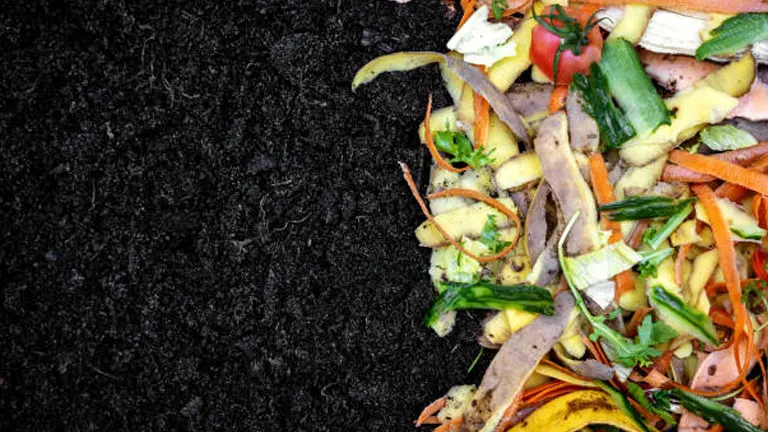
Selecting the optimal fertilizer for bell peppers is a crucial decision that impacts plant health, growth, and fruit production. The choice between organic and synthetic fertilizers depends on several factors, including nutrient release rates, environmental impact, and the specific needs of the plant at various growth stages.
Types of Fertilizers
- Organic Fertilizers: Derived from natural sources, organic fertilizers, such as compost, fish emulsion, and bone meal, offer a slow-release of nutrients. This gradual nutrient release mimics natural soil processes, promoting sustainable soil health and microbial activity. Organic options typically provide a broad spectrum of nutrients, though in varying concentrations.
- Compost: NPK varies by source, generally 0.5-2-1
- Fish Emulsion: Typically 5-1-1
- Bone Meal: Generally 3-15-0
- Synthetic Fertilizers: Manufactured chemical fertilizers provide nutrients in precise, readily available forms. They allow for targeted applications based on the plant’s current nutritional deficiencies but can contribute to soil and water pollution if used improperly.
- General Purpose Synthetic Fertilizer: Common ratios include 10-10-10 or 20-20-20 for balanced growth.
- Bloom Booster Fertilizer: Higher in phosphorus, ratios such as 10-30-20 support flowering and fruiting stages.
Step-by-Step Guide to Fertilizing Bell Peppers
Step 1: Understand Your Bell Pepper’s Nutritional Needs
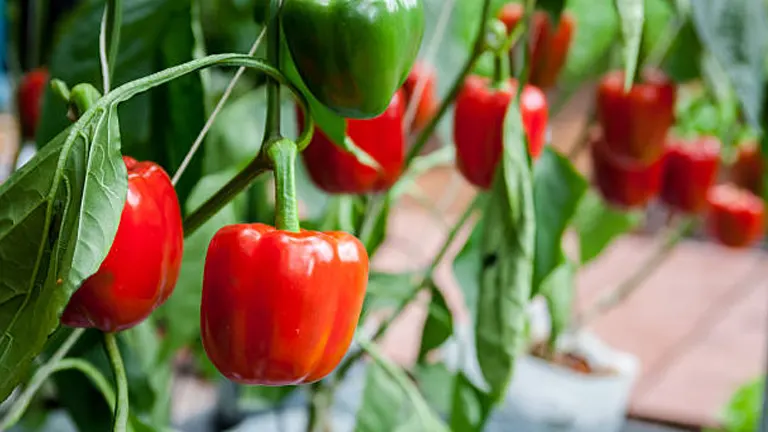
Bell peppers require different nutrients at various stages of their growth. In the early stages, nitrogen is vital for promoting leafy growth. As the plant progresses to flowering and fruiting, the need shifts towards phosphorus and potassium to support the development of flowers and fruits. It’s also essential to ensure the plants receive adequate micronutrients such as magnesium, calcium, and sulfur to prevent potential deficiencies that could impair their growth and fruit quality.
Step 2: Test Your Soil
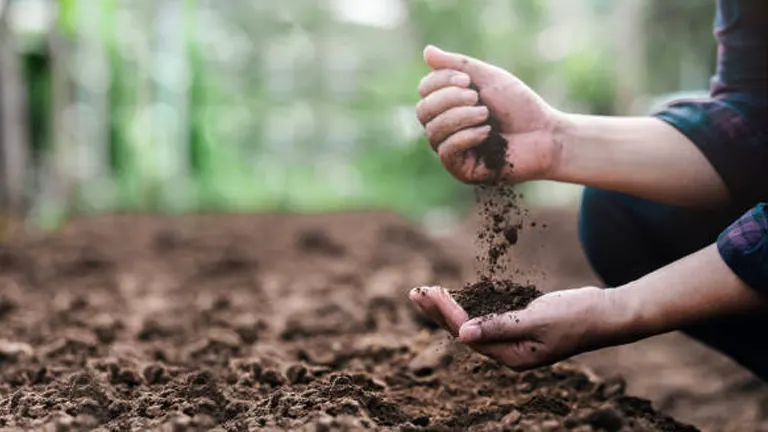
Before planting your bell peppers, it’s crucial to test the soil’s pH and nutrient levels. Bell peppers thrive in soil with a pH between 6.0 and 6.8. If your soil test reveals a pH outside this range, you can adjust it by adding lime to raise the pH or sulfur to lower it. This step ensures that your soil is in the optimal condition for nutrient uptake.
Step 3: Prepare the Soil
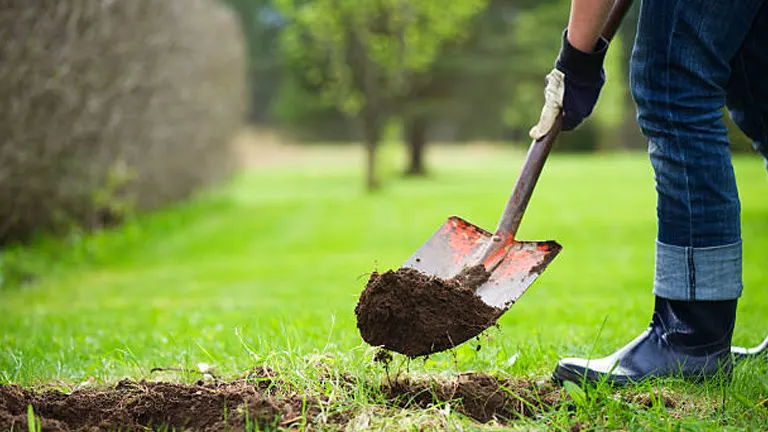
Enhancing your soil with organic matter, such as compost or well-rotted manure, can significantly improve its fertility and structure. Before planting, mix in a balanced, slow-release fertilizer to give your bell peppers a healthy start. This preparation provides a nutrient-rich environment that supports robust early growth.
Step 4: Choose the Right Fertilizer

Organic options, like compost, fish emulsion, and bone meal, release nutrients slowly and improve soil health over time. Synthetic fertilizers can offer a more immediate nutrient boost and are useful for addressing specific deficiencies. Select a product with an appropriate N-P-K ratio that matches the current growth stage of your bell peppers.
Step 5: Apply Fertilizer Correctly

At planting, use a balanced fertilizer to encourage seedling growth. As the plants grow, apply a nitrogen-rich fertilizer to promote vegetative development. Once your plants start flowering and fruiting, switch to a fertilizer with lower nitrogen and higher phosphorus and potassium content. This adjustment supports the energy-intensive process of blooming and fruit production.
Step 6: Use Advanced Fertilization Techniques

Employing advanced fertilization techniques can enhance plant health and yield. Apply fertilizers near the plant’s roots (root zone fertilization) to make nutrients readily available. For immediate nutrient needs or to correct micronutrient deficiencies, foliar feeding — spraying diluted fertilizer directly onto the leaves — can be effective. These methods ensure that your bell peppers get the nutrients they need, when they need them.
Step 7: Water Wisely
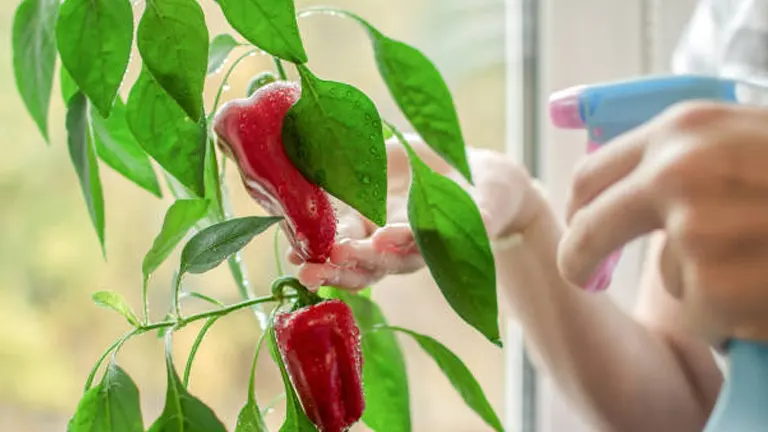
Water plays a critical role in nutrient uptake. Maintain even soil moisture through deep, consistent watering practices. Using mulch around your plants helps retain soil moisture, regulate temperature, and minimize nutrient runoff. Proper watering ensures that nutrients are dissolved and transported to the roots, where they’re absorbed by the plant.
Step 8: Monitor and Adjust
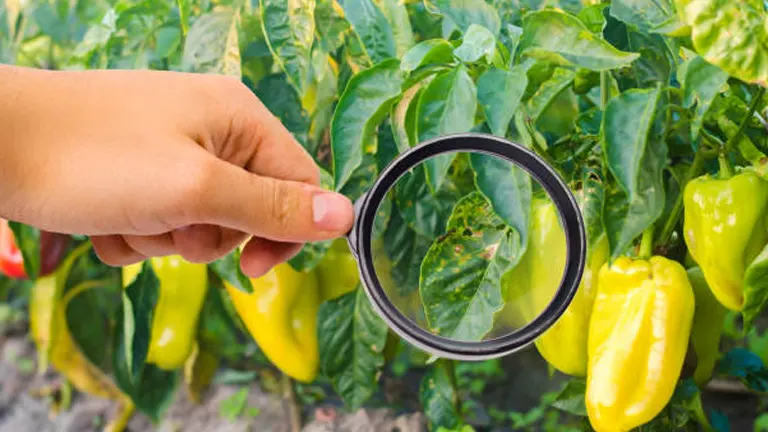
Vigilantly observing your plants’ health and growth can provide early indications of nutrient deficiencies or excesses. Adjust your fertilization practices based on these observations and periodic soil tests to maintain optimal growing conditions. This proactive approach helps prevent issues before they impact your harvest.
Step 9: Practice Sustainable Fertilization
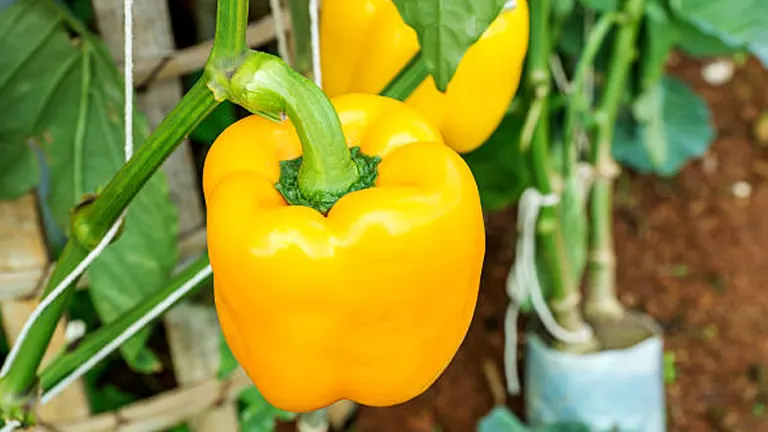
Incorporating sustainable practices like crop rotation and planting green manures (cover crops) can enhance soil fertility and structure, ensuring a healthy growing environment for your bell peppers over the long term. These practices support a balanced ecosystem in your garden, promoting the natural cycling of nutrients.
Step 10: Keep Learning and Adapting
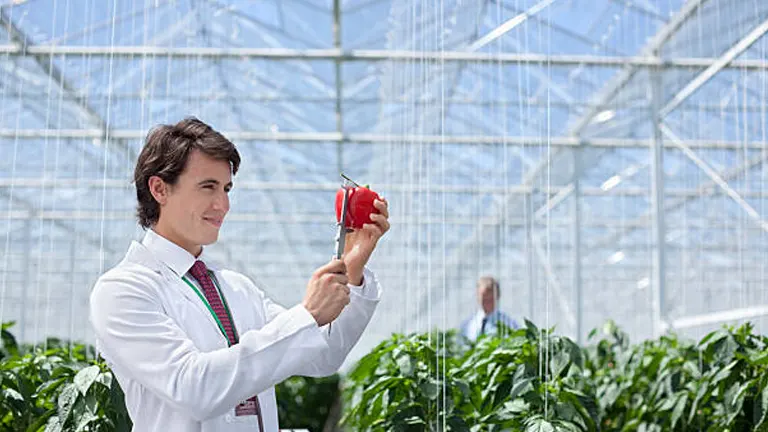
Gardening is an ongoing learning process. Stay informed about best practices for fertilizing bell peppers and be open to experimenting with new techniques or products. What works well one season might need adjustment the next, depending on changes in soil conditions, weather, and plant varieties.
Advanced Fertilization Techniques
Advanced fertilization techniques go beyond just choosing the right fertilizer; they involve understanding the best times and methods for application to maximize effectiveness and support plant health.
Timing and Frequency
- Initial Application: Apply a balanced fertilizer at planting time to support early growth.
- Bloom Phase: When flowers appear, switch to a phosphorus-rich fertilizer to encourage fruit development.
- Regular Feeding: Bell peppers benefit from additional fertilizer applications every 4-6 weeks during the growing season.
Nutrient Application Methods and Efficiency
| Method | Description | Benefits | Best Used For |
|---|---|---|---|
| Root Zone Fertilization | Direct application of fertilizer to the soil near the plant roots. | Ensures nutrients are readily available to the root system; minimizes runoff and evaporation. | Macro-nutrients (N, P, K) during all growth stages. |
| Foliar Feeding | Spraying a diluted nutrient solution directly onto the plant’s leaves. | Quick absorption through stomata; effective for correcting micronutrient deficiencies. | Micronutrients (Fe, Mg, Zn) and quick nutrient boosts. |
| Drip Irrigation Fertigation | Delivering fertilizer through irrigation water directly to the root zone. | Efficient water and nutrient use; reduces nutrient leaching and environmental impact. | Even and consistent nutrient delivery throughout growth. |
| Side Dressing | Applying fertilizer alongside the plant rows, slightly away from the stems. | Targets root growth area; allows for gradual nutrient uptake as plants grow. | Supplemental N applications during vegetative growth. |
Application Methods
- Root Zone Fertilization: Applying fertilizer directly to the soil around the plant’s base ensures that nutrients are in close proximity to the root system, the primary site of nutrient uptake. This method reduces nutrient loss and is especially effective for macro-nutrient delivery.
- Foliar Feeding: This involves spraying a diluted solution of fertilizer directly onto the plant’s leaves. Leaves can absorb nutrients quickly through their stomata, making foliar feeding an efficient method for addressing micronutrient deficiencies or providing a rapid nutrient boost. However, it’s crucial to apply during cooler parts of the day to avoid leaf burn.
Scientific Considerations
- Nutrient Availability vs. Soil pH: The availability of certain nutrients, especially micronutrients, is heavily influenced by soil pH. For example, iron becomes less available to plants in alkaline soils (pH above 7.0). Regular soil testing can help adjust pH levels to ensure optimal nutrient uptake.
- Nutrient Use Efficiency (NUE): This refers to a plant’s ability to utilize available nutrients efficiently. Organic fertilizers often improve NUE by enhancing soil structure and microbial activity, which aid in nutrient solubilization and exchange.
Watering and Fertilization Interplay
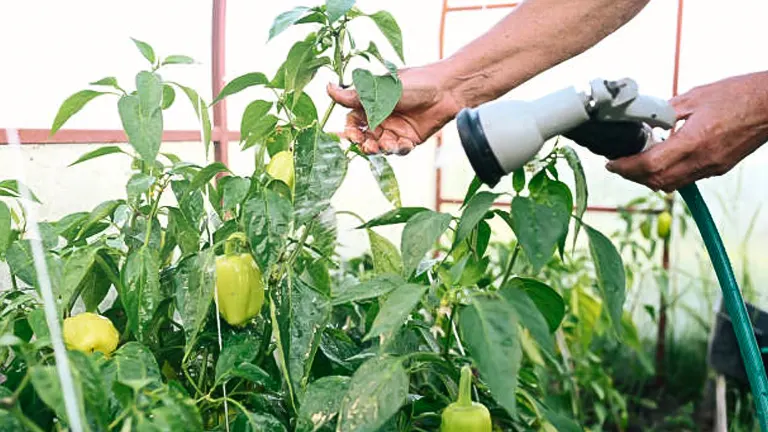
The relationship between watering and fertilization is critical in cultivating healthy, productive bell pepper plants. Water acts as a carrier for dissolved nutrients, making it essential for their uptake by plant roots. However, the balance is delicate, as improper watering practices can either wash away essential nutrients or prevent their absorption entirely.
Optimizing Water and Nutrient Dynamics
- Soil Moisture and Nutrient Solubility: Soil moisture levels directly impact the solubility of nutrients. Most nutrients are only available to plants when dissolved in water. Keeping the soil consistently moist ensures that nutrients remain in solution, making them accessible to plant roots. However, soil that is too wet can cause nutrients to leach beyond the reach of the root system, wasting fertilizer and potentially harming water quality.
- The Role of Mulching: Mulch is not just beneficial for moisture retention; it also plays a crucial role in nutrient cycling within the soil. Organic mulches, such as straw or leaf litter, gradually break down, releasing nutrients back into the soil. This process can complement your fertilization efforts, providing a slow-release source of nutrients. Additionally, mulch helps to moderate soil temperature, protecting microbial life essential for nutrient mineralization and uptake.
Advanced Watering Techniques for Enhanced Fertilization
- Drip Irrigation: Implementing a drip irrigation system can dramatically improve the efficiency of water and fertilizer use. By delivering water directly to the soil near plant roots, drip irrigation minimizes evaporation and runoff, ensuring that water and water-soluble fertilizers reach their intended destination. This method can be particularly effective when combined with fertigation, the practice of adding fertilizer to irrigation water, allowing for precise nutrient application aligned with plant needs.
- Scheduling and Monitoring: The timing and amount of water applied should be carefully managed to match the plant’s growth stage and current weather conditions. Overhead watering in the early morning allows foliage to dry, reducing disease risk, while evening watering may be preferable in hot, dry climates to reduce evaporation losses. Monitoring soil moisture with a probe or even a simple finger test can help you adjust your watering schedule to maintain ideal moisture levels.
The Impact of Water Quality on Fertilization
- Water pH and Nutrient Availability: The pH level of your irrigation water can affect soil pH over time, influencing nutrient availability. Water with a high pH can lead to nutrient lock-up, particularly of micronutrients like iron and manganese, while acidic water can increase the solubility of some nutrients to potentially toxic levels. Testing water pH and adjusting it as necessary can help maintain nutrient availability and uptake.
- Salinity and Nutrient Absorption: High salinity in irrigation water can compete with nutrient uptake, particularly of potassium and magnesium. Plants struggling with salt stress may show symptoms similar to nutrient deficiencies. Using low-salinity water or enhancing soil drainage can mitigate these effects, ensuring that bell peppers receive the nutrients they need for optimal growth.
Plant Spacing for Optimal Growth
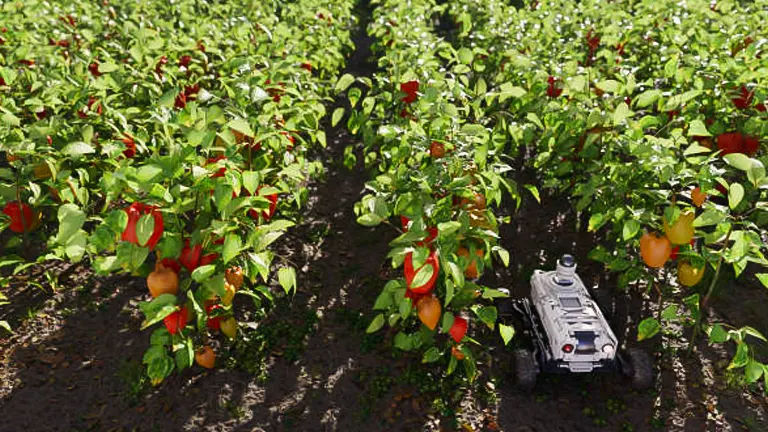
Understanding the importance of plant spacing is fundamental to achieving healthy, high-yielding bell pepper plants. Spacing affects not just the physical growth of each plant but also the microenvironment around them, influencing factors such as light penetration, air flow, and resource competition.
Detailed Insights into Plant Spacing
- Air Circulation: Adequate space between plants ensures good air circulation, which is essential for minimizing the risk of fungal diseases like powdery mildew and blight. These diseases thrive in damp, stagnant conditions, so promoting air flow helps keep the foliage dry and disease at bay.
- Sunlight Exposure: Bell peppers require full sun for optimum growth and fruit development. Proper spacing prevents plants from shading each other, ensuring each plant receives enough sunlight to photosynthesize effectively. This is critical for the energy production needed for flowering and fruiting.
- Nutrient Availability: Competing for soil nutrients can stress plants, leading to suboptimal growth and lower yields. Sufficient space between plants reduces competition, allowing each bell pepper plant to access the nutrients it needs without stress. This is particularly important in high-density settings where resources are more limited.
Spacing Guidelines for Different Farming Intensities
- Medium Density Farming: For traditional garden rows, spacing bell pepper plants 18-24 inches apart within the row, with rows themselves spaced 24-36 inches apart, provides a balance between efficient land use and healthy plant development. This spacing allows for mechanical or hand cultivation, easy harvesting, and sufficient room for plant growth and maintenance activities.
- High Density Farming: Techniques like square foot gardening or other forms of intensive planting can maximize yield per square foot of garden space. However, even in these systems, it’s crucial to provide enough space for each plant—generally aiming for the higher end of the spacing spectrum—to ensure adequate resources for each plant. A common guideline for square foot gardening is to allocate at least one square foot per bell pepper plant, though giving each plant a bit more space can promote larger, healthier plants and potentially higher yields.
Unique Considerations for Specific Conditions
- Soil Fertility: In areas with highly fertile soil or gardens where extensive soil amendments have been made, plants can sometimes be spaced slightly closer together, as the richer soil can support denser plantings without significant competition for nutrients.
- Microclimate Adjustments: Consider the microclimate of your garden when determining spacing. In hotter, drier climates, wider spacing can help reduce water stress, while in cooler, wetter climates, slightly closer spacing may still promote adequate air circulation without risking drought stress.
- Companion Planting: Integrating companion plants between bell pepper plants can improve biodiversity, deter pests, and even enhance flavor. However, be mindful of the companion plants’ growth habits and space requirements to ensure they don’t inadvertently crowd out your bell peppers.
Pruning Techniques for Bell Peppers
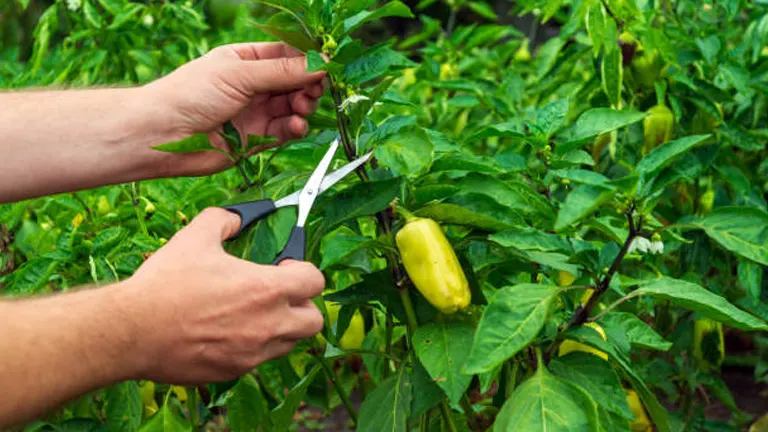
Pruning is an effective way to direct a plant’s energy towards fruit production rather than vegetative growth.
- Remove Lower Leaves: Prune the lower leaves to increase air circulation and reduce disease risk.
- Top Off the Plant: Pinching off the top of the plant can encourage bushier growth and more fruit production.
- Selective Pruning: Remove small or malformed fruits to allow the plant to focus its energy on developing larger, healthier peppers.
Monitoring and Adjusting Fertilization Practices
As your bell peppers grow, observing their health and growth patterns is crucial for timely adjustments to your fertilization regimen.
- Signs of Over-Fertilization: Yellowing leaves, wilted plants, or delayed flowering can indicate excess nutrients. Reduce fertilizer application and flush the soil with water if necessary.
- Signs of Under-Fertilization: Stunted growth, light green or yellow leaves, and small fruits suggest nutrient deficiency. Increase the frequency or concentration of fertilizer applications, focusing on the missing nutrients.
Regularly assessing plant health allows you to tailor your fertilization practices to your bell peppers’ specific needs, ensuring they receive the right balance of nutrients throughout their growth cycle.
Sustainable Fertilization and Cultivation Practices
Incorporating sustainable practices into your bell pepper cultivation not only supports plant health but also contributes to soil vitality and environmental well-being.
- Crop Rotation: Rotate bell peppers with other crops to prevent nutrient depletion and reduce pest and disease buildup in the soil.
- Green Manures: Planting cover crops such as clover or vetch can fix nitrogen in the soil, improve structure, and add organic matter when tilled under before planting bell peppers.
- Organic Mulches: Use organic mulches to conserve moisture, reduce weeds, and gradually enrich the soil as they decompose.
These practices foster a healthy garden ecosystem, promoting vigorous growth and bountiful harvests over the long term.
Common Pests and Solutions
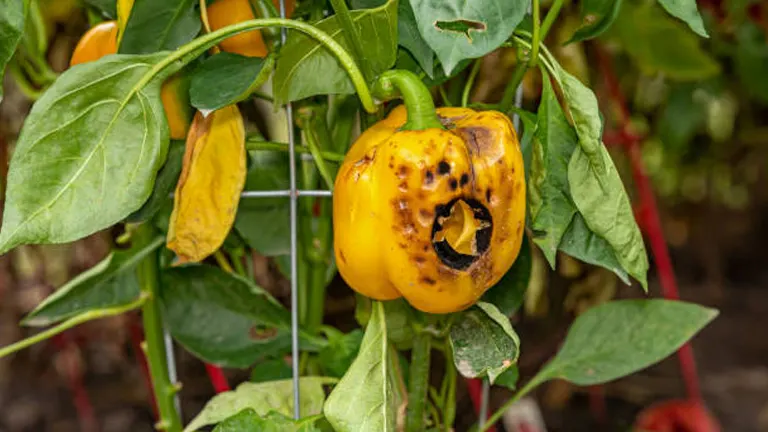
Bell peppers can attract several pests, but with vigilance and integrated pest management (IPM) strategies, you can protect your plants and ensure a healthy crop.
- Aphids and Spider Mites: These pests can be controlled with regular sprays of water to knock them off plants or by introducing beneficial insects like ladybugs that prey on them.
- Cutworms: Protect young plants with collars made from paper cups or plastic containers cut to size and placed around the stem at soil level.
- Integrated Pest Management (IPM): IPM emphasizes the use of cultural, biological, and chemical methods in a coordinated way to manage pests with minimal environmental impact.
Early detection and action are key to managing pests effectively. Regularly inspect your plants for signs of infestation and implement appropriate control measures promptly to keep your bell peppers healthy and productive.
Conclusion
Fertilizing bell peppers using advanced strategies enhances plant health, yields, and the overall quality of the harvest. By understanding and applying the principles of nutrition, soil preparation, plant spacing, pruning, sustainable practices, and pest management, you can achieve a bountiful harvest of bell peppers. Remember, the most successful gardeners are those who observe, learn, and adapt their practices to suit their specific garden conditions. With patience and care, your bell pepper plants will thrive, providing you with a rewarding gardening experience and delicious fruits to enjoy.
FAQs
- How can I tailor my fertilization strategy for bell peppers in container gardens versus in-ground gardens?
In container gardens, bell peppers require more frequent fertilization due to limited soil resources and quicker drying of the soil. Use a liquid fertilizer every 2-3 weeks, diluted to half the recommended strength. In-ground gardens benefit from both granular slow-release fertilizers at planting time and additional liquid feedings during peak growth periods. - What’s the role of calcium in bell pepper fertilization, and how can I ensure my plants get enough?
Calcium is crucial for preventing blossom end rot, a common issue in bell peppers. Incorporate gypsum into the soil before planting or use a calcium-rich foliar spray every two weeks from flowering until the end of the season to ensure adequate calcium levels. - Can mulching affect how I fertilize my bell peppers?
Yes, mulching can influence moisture retention and temperature regulation in the soil, which in turn affects nutrient availability. Organic mulches gradually break down, adding nutrients to the soil. You may need to slightly adjust your fertilization routine to account for the additional nutrients provided by the decomposing mulch. - Is there a difference in fertilization needs between different varieties of bell peppers?
While most bell pepper varieties have similar basic nutritional needs, some heirloom varieties or those bred for specific traits (like size or color) might be more demanding. Research your specific variety for any unique nutrient requirements or consult local extension services for tailored advice. - How does companion planting with bell peppers affect fertilization strategies?
Companion planting can enhance nutrient uptake and improve overall plant health. For example, planting bell peppers near basil can help repel pests, reducing stress on the plants and potentially reducing the need for pest-related nutrient supplements. Be mindful of companion plants’ nutrient needs to ensure they are compatible with your bell peppers. - What are some indicators that my bell peppers are receiving the optimal balance of nutrients?
Signs of optimal nutrient balance include dark green, healthy leaves; strong, steady growth; and a plentiful yield of vibrant, well-formed peppers. Conversely, discoloration, slow growth, or poor fruit development can indicate nutrient imbalances. - How can I adjust fertilization for bell peppers grown in high-density setups to prevent nutrient competition?
In high-density setups, it’s vital to provide a slightly higher concentration of water-soluble fertilizer to compensate for the increased competition for nutrients. Consider root zone fertilization to directly supply each plant with the necessary nutrients without over-fertilizing. - What advanced soil amendments should I consider for maximizing bell pepper yield and how do they affect fertilization?
Beyond standard N-P-K fertilizers, consider adding mycorrhizae, biochar, or worm castings to your soil. Mycorrhizae form symbiotic relationships with plant roots, enhancing nutrient and water uptake. Biochar improves soil structure and retains nutrients, and worm castings are a rich source of micro-nutrients. Each of these amendments can reduce the need for synthetic fertilizers and promote healthier, more productive plants.
As we wrap up our journey through the advanced strategies of fertilizing bell peppers, we hope you feel equipped and inspired to apply these tips to your garden. With a little patience and precision, you’re on your way to enjoying an abundant harvest of delicious bell peppers. Happy gardening!

Benjamin Brooks
Forestry AuthorGreetings! I'm Benjamin Brooks, and my journey over the past 15 years has revolved around the fascinating realms of content creation, expertise in snow clearing, and the intricate world of lumberjacking and landscaping. What began as a simple curiosity about the natural world and heavy machinery has evolved into a passionate profession where my love for crafting words intertwines seamlessly with my lumberjacking and garden skills.
2 comments
Need more help thank for advice


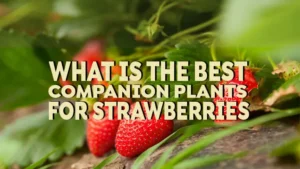


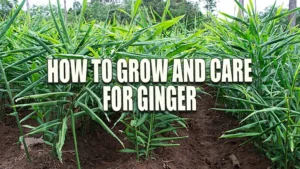







That amazing
Seresi Musangwa
March 2, 2024 8:17 pm